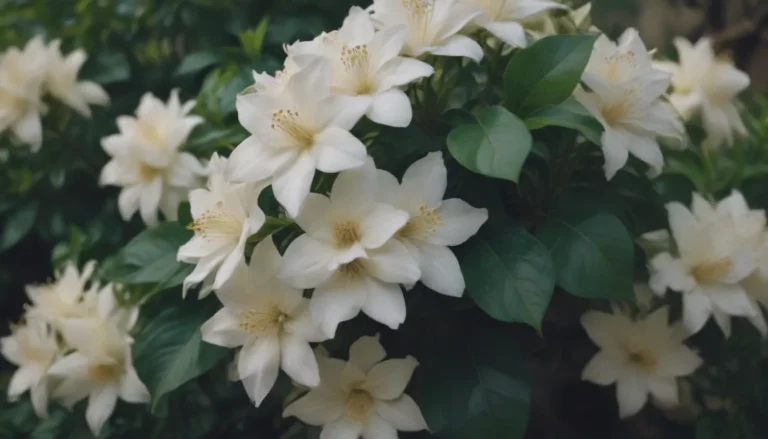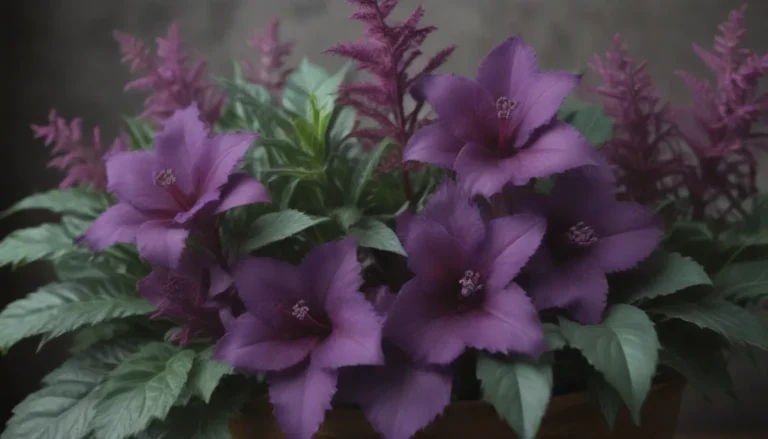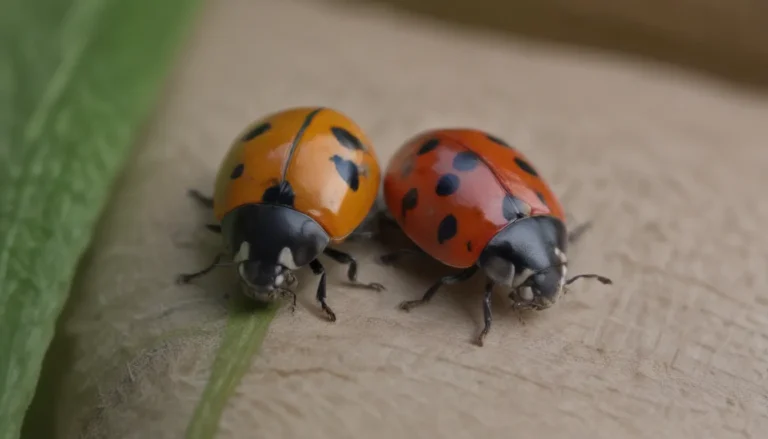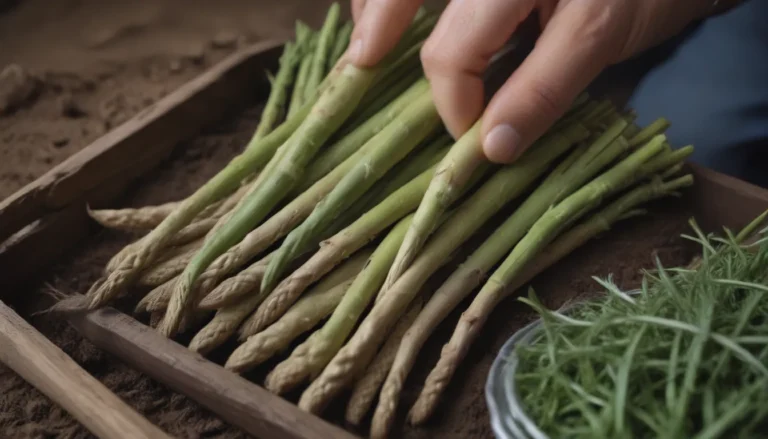Comprehensive Guide to Growing and Caring for Goldfish Plants
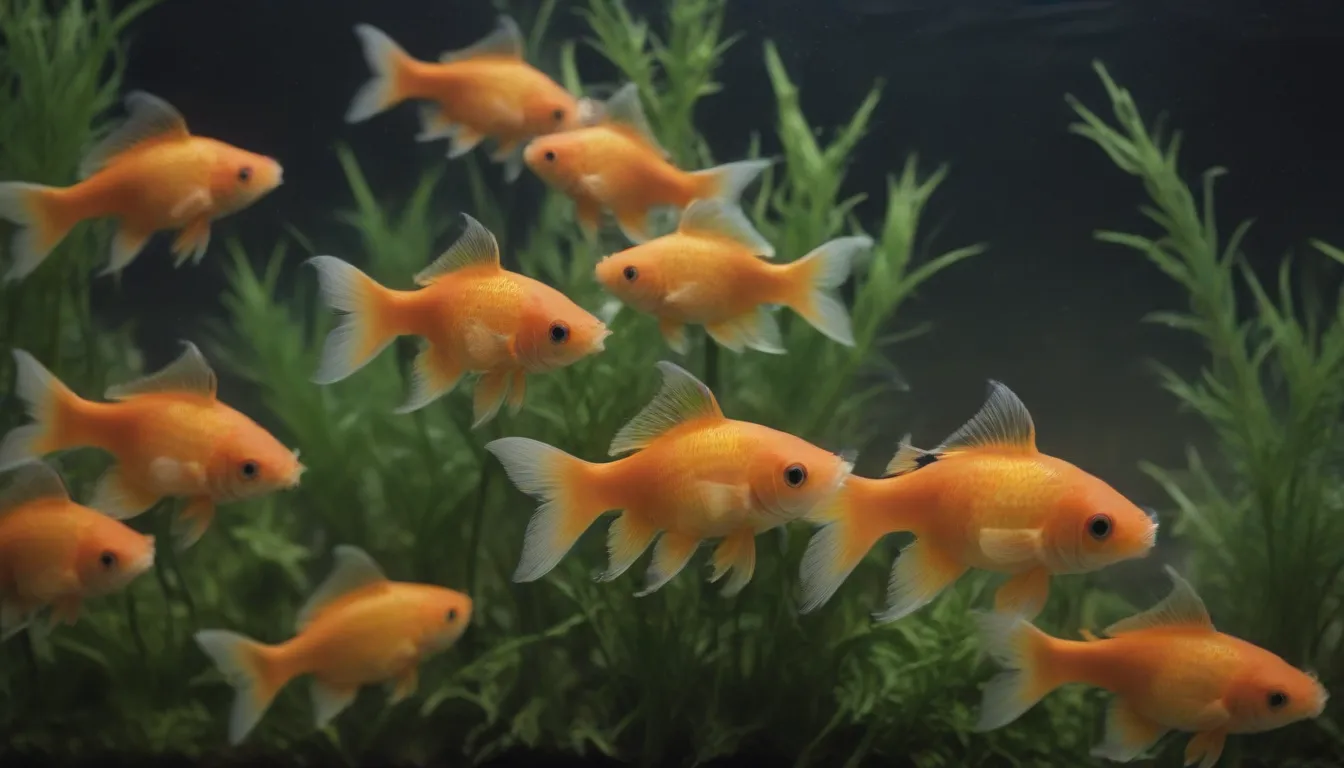
Are you looking to add a touch of whimsy and color to your indoor garden? Look no further than the charming goldfish plant. With its red-orange flowers that resemble leaping goldfish, this houseplant is sure to brighten up any space. But how do you ensure that your goldfish plant thrives and produces those delightful blooms? In this comprehensive guide, we will walk you through everything you need to know to care for and grow your very own goldfish plant.
Introduction to Goldfish Plants
If you’re new to the world of indoor gardening, you might be wondering what exactly a goldfish plant is. Goldfish plants belong to the Columnea and Nematanthus genera, with each having its own unique cultivars and hybrids. Varieties of goldfish plants can have red or yellow flowers, adding a pop of color to your indoor oasis.
Types of Goldfish Plants
- Nematanthus ‘Tropicana’
- Nematanthus ‘Green Magic’
- Nematanthus ‘Black Gold’
- Columnea ‘Light Prince’
- Columnea ‘Aladdin’s Lamp’
- Columnea ‘Chanticleer’
Care Requirements for Goldfish Plants
To ensure that your goldfish plant thrives, it’s important to provide the right care and conditions. Here are the main care requirements for growing a healthy and happy goldfish plant:
Light
Goldfish plants prefer bright, indirect light. Avoid placing them in direct sunlight, as this can scorch their delicate leaves. Aim for long periods of light, around 10 hours a day. An eastern-facing window is an ideal spot for your goldfish plant, or you can use grow lights indoors, especially during the winter.
Soil
Goldfish plants thrive in a light, fast-draining potting soil. Consider using a succulent mix or a fortified soil to provide the optimal growing medium for your plant. In the wild, goldfish plants are epiphytes, meaning they grow on other plants, such as trees.
Water
During the summer months, water your goldfish plant generously and ensure that the soil remains consistently moist. In the winter, reduce watering and allow the soil to dry out slightly. Be careful not to let the soil dry out completely, as this can lead to root rot. Overwatering can also cause issues, so find the right balance for your plant.
Temperature and Humidity
Goldfish plants prefer room temperatures between 65 to 75 degrees Fahrenheit. They also require mild to moderate humidity, so consider misting the plant with room-temperature water daily. Avoid misting with cold water, as this can damage the foliage. In particularly dry environments, a humidifier near the plant can provide the necessary moisture.
Fertilizer
To promote blooming, feed your goldfish plant weekly during the growing season with a weak liquid fertilizer that includes micronutrients. Controlled-release fertilizer pellets are also an excellent option to keep your plant healthy and thriving.
Pruning and Propagating Goldfish Plants
To help your goldfish plant produce more blooms and promote new growth, it’s important to prune and propagate it properly. Here’s how to care for your goldfish plant through pruning and propagation:
Pruning
- Prune your goldfish plant in early spring, just before the growing season begins.
- Remove dead and yellow leaves, as well as trim back any long branches to maintain the plant’s shape.
- Cut at an angle just below a node at the end of the stem for best results.
Propagating
- Propagate your goldfish plant from stem-tip cuttings by placing them in water and then transferring them to soil.
- Stem-tip cuttings are the easiest way to propagate goldfish plants and can lead to healthy new plants.
Potting, Repotting, and Overwintering
Proper potting and repotting practices are essential for the health and longevity of your goldfish plant. Here’s how to care for your plant through potting, repotting, and overwintering:
Potting and Repotting
- Goldfish plants prefer to be slightly pot-bound, so only repot every two to three years.
- When repotting, gently root-prune the parent plant to encourage new root growth.
- Use a succulent potting mix and ensure there is at least one large drainage hole at the bottom of the pot.
Overwintering
- Reduce watering during the winter months and allow the soil to dry out between waterings.
- Keep humidity high by placing your plant in a bathroom or using a humidifier.
- Avoid exposing your goldfish plant to freezing temperatures, as it is a tropical plant that requires warmth to thrive.
Common Pests, Diseases, and Blooming Tips
Like any plant, goldfish plants are susceptible to pests, diseases, and common issues that can affect their growth and blooming. Here are some tips for dealing with common problems and encouraging blooming:
Common Pests and Diseases
- Watch out for aphids, spider mites, and mealybugs on your goldfish plant.
- Use insecticidal soap to control pest infestations.
- Avoid watering the leaves directly to prevent mold and fungal growth, similar to African violets.
Blooming Tips
- Goldfish plants bloom in spring, summer, and fall, with some continuing to bloom in the winter.
- Encourage bushy growth and better blooming by pinching off new stems and feeding regularly with weak fertilizer.
- After blooming, deadhead wilted flowers to encourage more growth and blooms.
Conclusion
With the right care and attention, your goldfish plant can thrive and produce those delightful red-orange flowers that resemble leaping goldfish. By providing the proper light, soil, water, temperature, and humidity, you can enjoy a healthy and vibrant goldfish plant in your indoor garden. Remember to prune, propagate, and repot your plant as needed, and watch out for common pests and diseases that can affect its growth. With a little bit of love and care, your goldfish plant will reward you with beautiful blooms and a touch of whimsy in your home.
